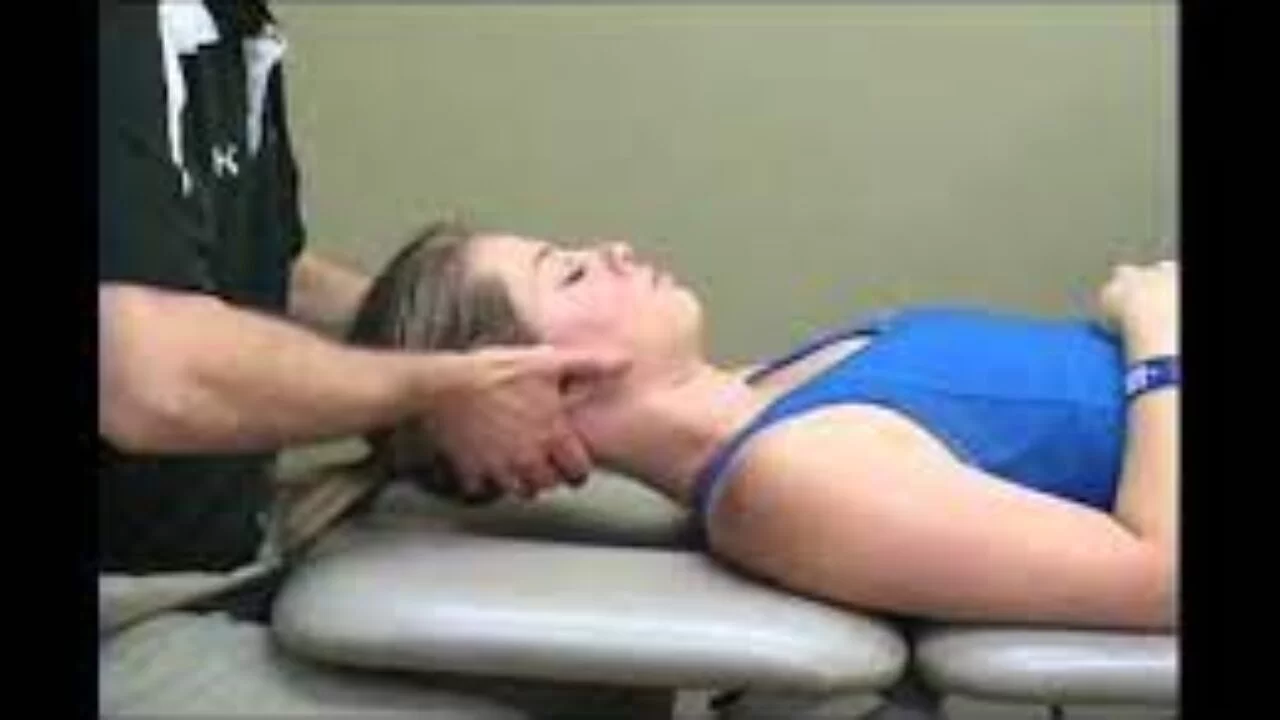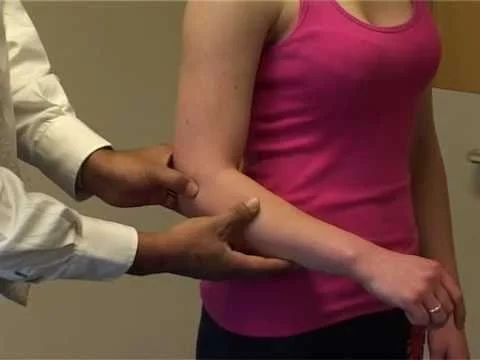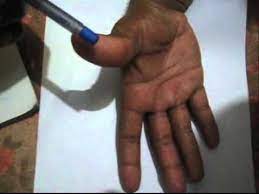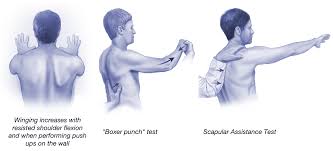Transverse Ligament Stress Test
Table of Contents
Description
The transverse ligament stress test is a diagnostic test used to assess the integrity of the transverse ligament in the cervical spine. The test is often performed by healthcare professionals, such as physical therapists or physicians, to evaluate patients who may have suffered a neck injury or have a condition that affects the stability of the cervical spine.
- This Transverse Ligament Stress Test is used in the clinic to check cervical instability.
- This Transverse Ligament Stress Test is used by to doctor or therapist when the patient is complaining about neurological symptoms in the hand.
- This transverse ligament stress test is used to examine a part of the cervical spine.
What is the importance of the Transverse Ligament Stress Test?
The atlantoaxial articulation’s hypermobility is examined with this transverse ligament stress test.
If the transverse ligament is intact, this test will not produce any excessive movement of the C2 vertebrae. However, if the ligament is compromised, the test may elicit excessive posterior movement of the C2 vertebrae, indicating instability of the cervical spine.
How are transverse ligament stress tests performed?
When the positioning of the patient is supine, the examiner (the therapist) is keeping the patient’s occiput with their palms and third, fourth, and fifth fingers.
The examiner ( therapist) sets the index fingers in the space between the patient’s occiput & C2 spinous process so that the fingertips are overlaying the neural arch of C1.
The head & C1 are then carefully raised anteriorly together, permitting no flexion or extension.
This anterior shear of the vertebra is usually resisted by the transverse ligament.
The position of the test is held for 10 to 20 seconds for the to symptoms occur, that indicating a positive test.
The positive test indicates hyper-mobility at the atlantoaxial articulation.
Kaale et al. proposed doing the test by holding C2 firmly from the front of the neck and pressing the thumb and index finger of each hand on the transverse process’ anterior surface on the opposite side of C2.
Do not suffocate the patient.
The examiner’s other hand is similarly placed on the inferior occiput and on the posterior part of the C1’s transverse process.
C1 is pressed forward while C2 is pressed back testing the translation of the dense of the atlas.
What are the signs when the patient is the recurrence of the positive test?
- Eye jerking or nystagmus
- Muscle spasm
- Face, limb, or lip paresthesia
- Nausea
- soft end feel
- Dizziness
- Lump sensation in the throat
- unusual pupil reaction
What is Proof of the Transverse Ligament Stress Test?
Study:
This demonstrates the transverse ligament stress test’s diagnostic effectiveness and is described by Kaale et al. in 2008
Sensitiveness of the Transverse Ligament Stress test = 65%,
The particularity of the Transverse Ligament Stress test =99%,
Predictive importance of the Transverse Ligament Stress test = 0.97,
Positive possibility ratios of the Transverse Ligament Stress test = 51.44
The Transverse Ligament Stress Test has a negative probability = 0.35.
The transverse ligament test’s positive probability ratios and value for prediction are shown to be good.
A study
According to Hutting N. et al., the Transverse Ligament Stress Test can be utilized for ruling out individuals with upper cervical spine instability since its specificity is adequate.
However, the Sensitiveness of the Transverse Ligament Stress Test is = low which indicates that it was inadequate for noticing upper cervical spine instability.
Important Note:
It is important to note that the transverse ligament stress test is just one component of a thorough evaluation of the cervical spine. It should only be performed by a trained healthcare professional and should not be used as the sole diagnostic tool for determining cervical spine instability or injury.
FAQ
A transverse ligament stress test helps recreate symptoms in an unstable patient because it moves the atlas anterior on the axis to reduce the space of the spinal canal. The transverse ligament usually controls this movement.
The transverse ligament stress test evaluates the transverse ligament’s strength and the stability of the atlantoaxial articulation. The examiner stands towards the head side when the patient is lying in the supine position.
The transverse ligament restricts flexion as well as anterior displacement of the atlas, whereas the alar ligament prevents rotation of the upper cervical spine.







